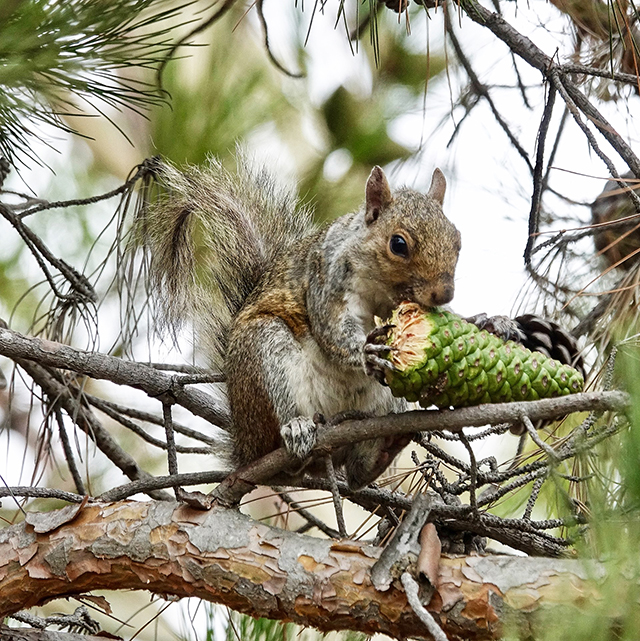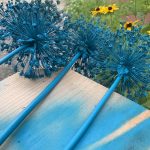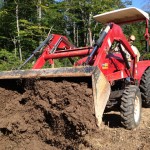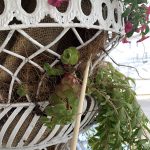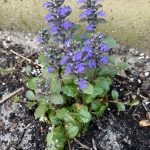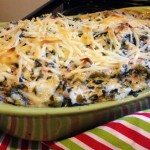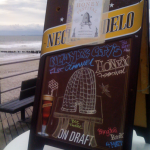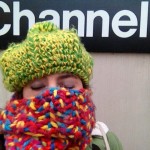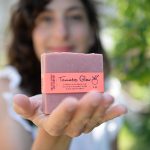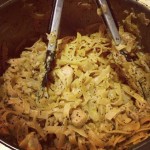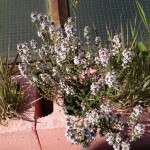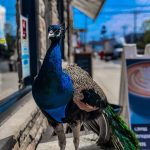The Nesting Squirrel
Squirrels are inadvertent urban foresters. By scattering seeds that grow into trees and plants, they help regenerate our parks and contribute to NYC’s ecosystem health. Source: Wikipedia
There’s a tree in Brooklyn I visit these days. There are so many trees on the mainland—I only remember that once I leave Rockaway. The tall oaks, London planes, and maples create a lovely canopy. There’s a whole world happening above our busy streets below.
On my last visit to the tree, I noticed a squirrel popping its head out of a perfectly sized hollow, two stories high! The busy creature was up and down the tree. On the ground, the squirrel was stuffing leaves into its mouth and transporting them up the tree. Back and forth, back and forth. I hadn’t seen anything like it before. “She must be building a nest!” I thought. And then, I remembered to pause. I recognized the beauty in this. It was a moment for me to slow down and to witness urban nature at its best.
I kept thinking about this squirrel throughout my day and I was curious to learn more. The nest I saw is known as a “drey.” They’re constructed from twigs, leaves, and sometimes an extra bit of decor (NYC Trash). These nests provide a snug treehouse to protect from elements and provide a safe space for squirrel babies. The proper name is Kit. The nest building happens now, for the arrival of the kits in early summer. Squirrels have two mating seasons and they don’t necessarily pick the same nesting tree each time.
The gestation period for these adorably mid-sized rodents varies by species but typically it’s between 28 and 44 days and mom births several blind baby bundles. I found it interesting that NYC has many species of squirrels including the flying squirrel! Others: gray squirrels (that includes the black), fox squirrels, red squirrels.
Do both male and female squirrels pitch in with nest-building and childcare? The answer is, “not really.” Female squirrels are the primary nest architects and caregivers. Moms nurture the newborns for about 8–10 weeks. The kits start to wean at 6 weeks and gradually begin to explore the tree, wandering on nearby branches. They start foraging for food during this time. Mom does not bring food back to the nest. By 12 weeks, the kits are baby acrobats. Adult squirrels can leap up to 10 feet in a single jump!
I was reminded while researching that squirrels are omnivorous, sometimes feeding on bird eggs and fledglings but they mostly eat nuts, seeds, berries and pizza. These resourceful behaviors show their impressive adaptability and unmistakable NYC vibe. And despite their reputation as “common” or a nuisance, squirrels have an important impact on our environment. They are known as “inadvertent foresters,” they collect, scatter, and bury seeds that grow into trees, shrubs and flowers, helping to regenerate our urban green spaces and maintain a healthy ecosystem.
Take a minute, and look up into the trees.
For more on the beautiful little things follow meon Instagram (@theglorifiedtomato) to catch the day-to-day magic of spring bloom.
Source: nycgovparks.org, centralparknyc.org
